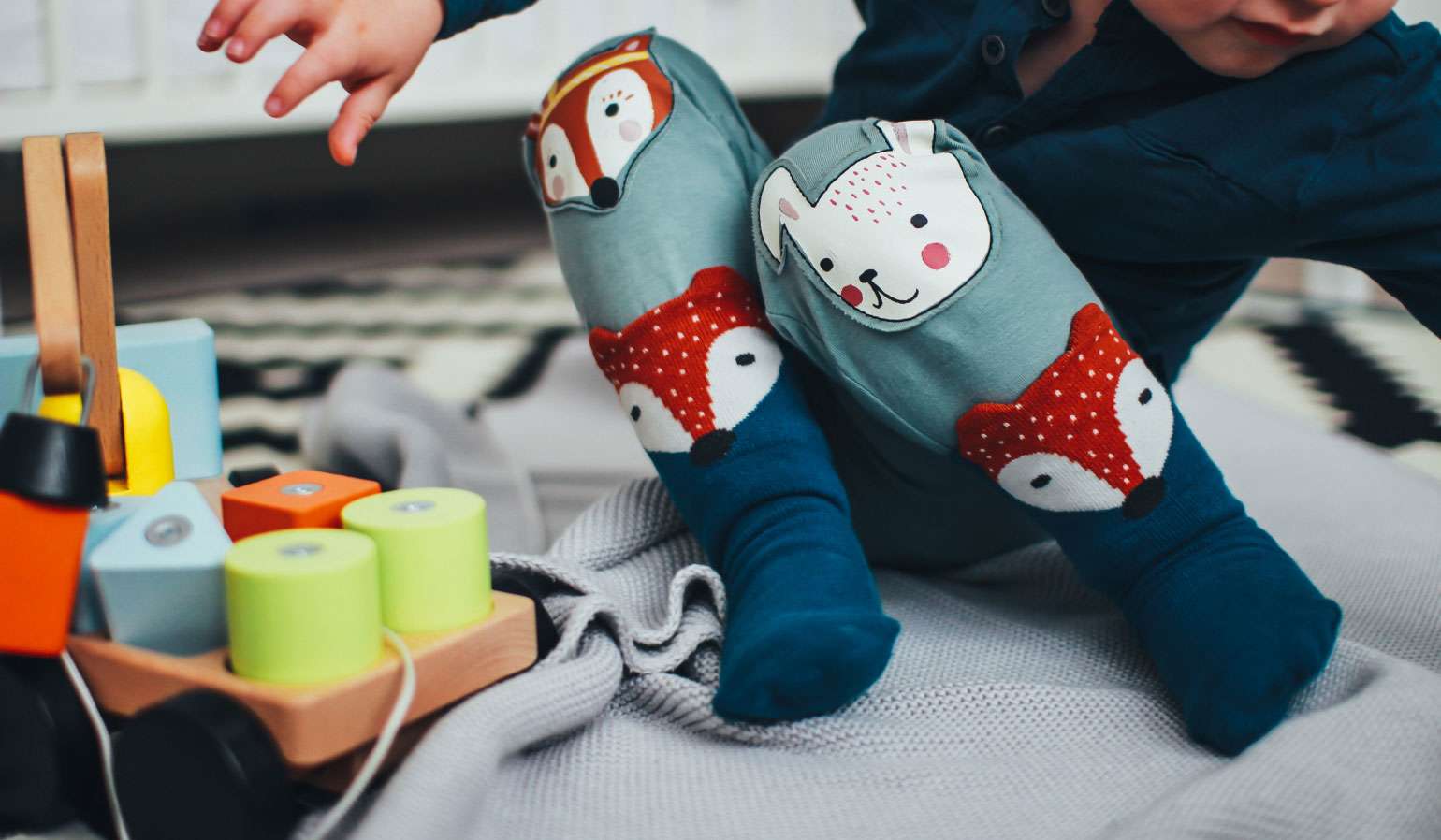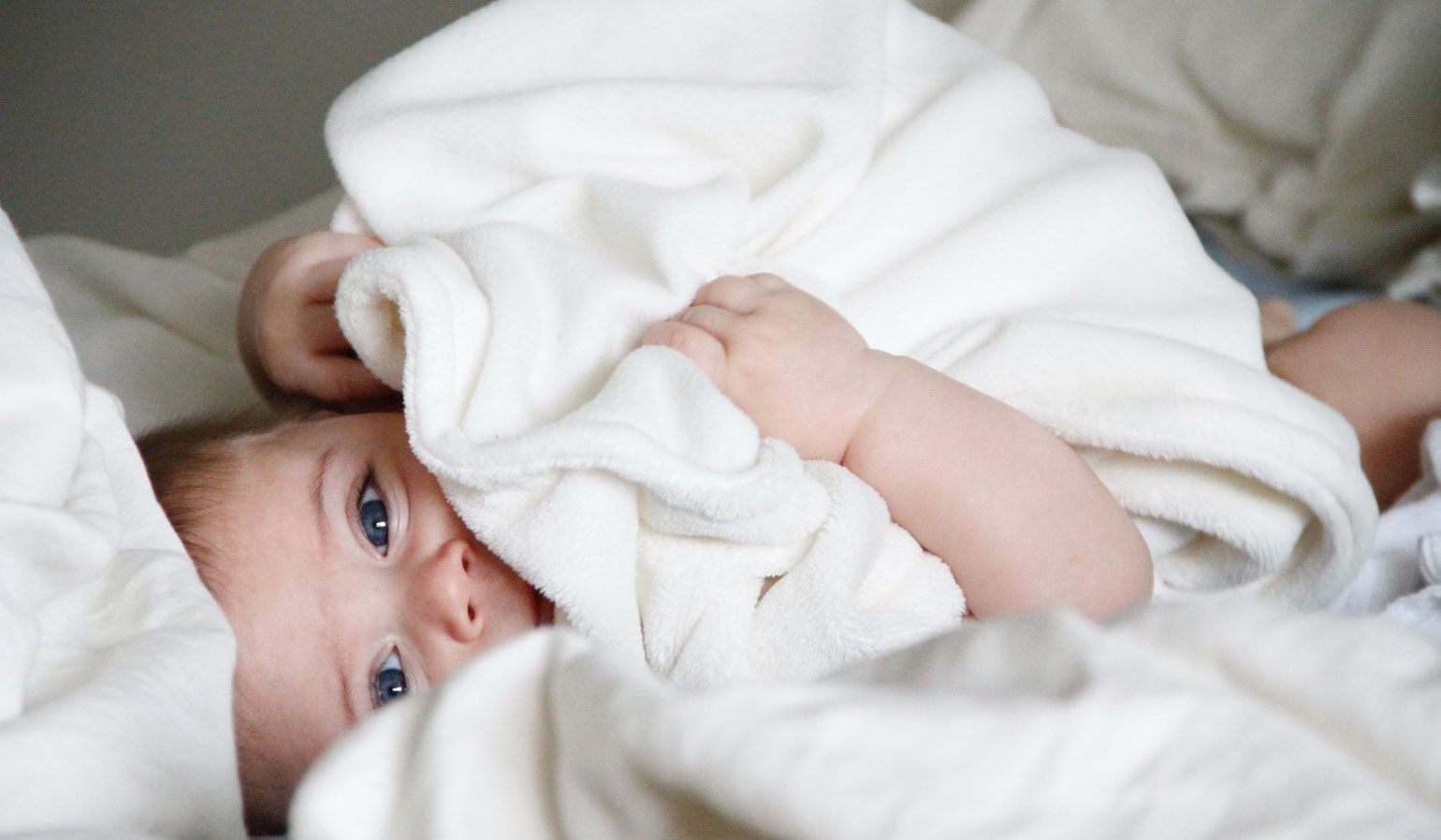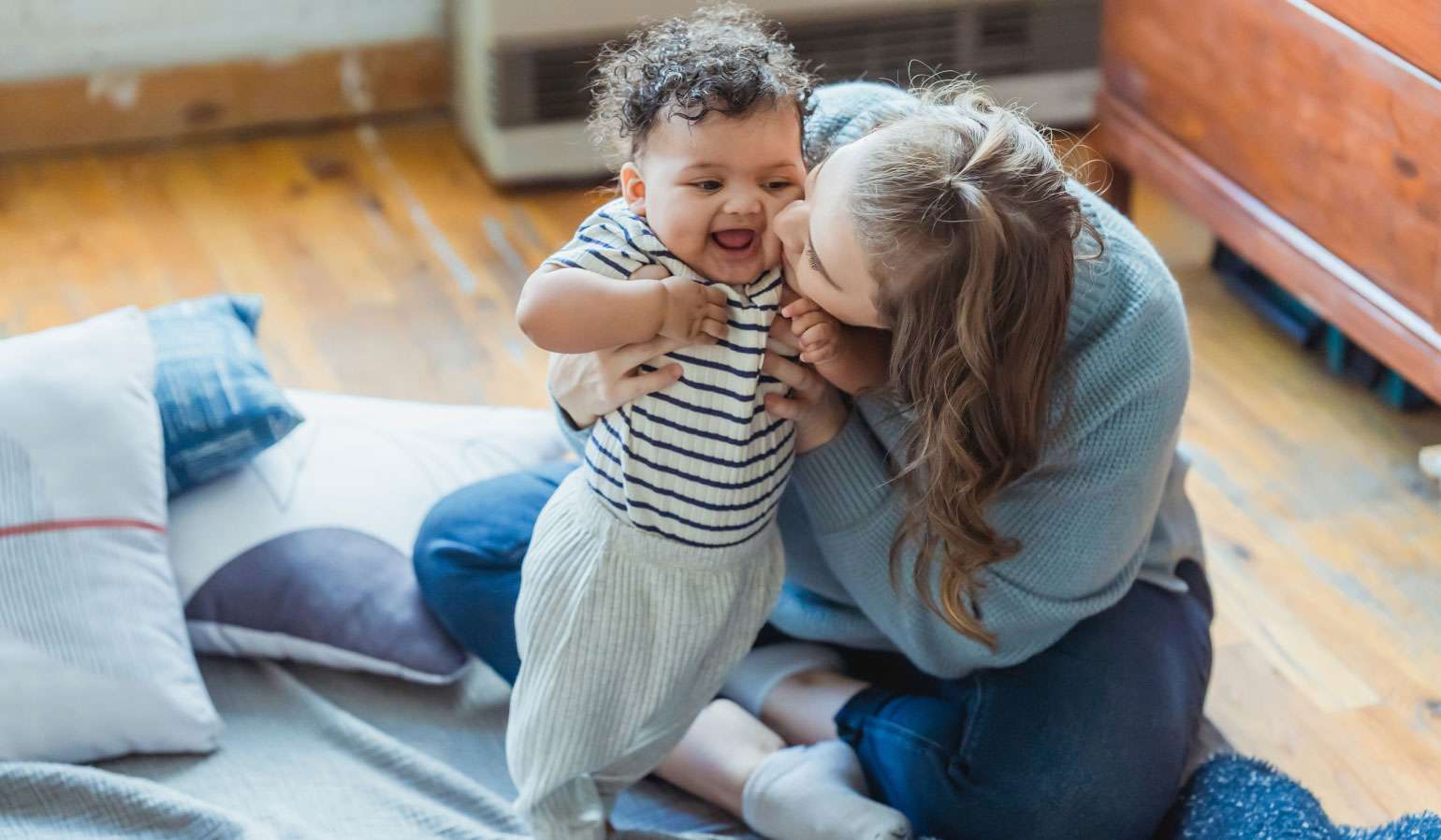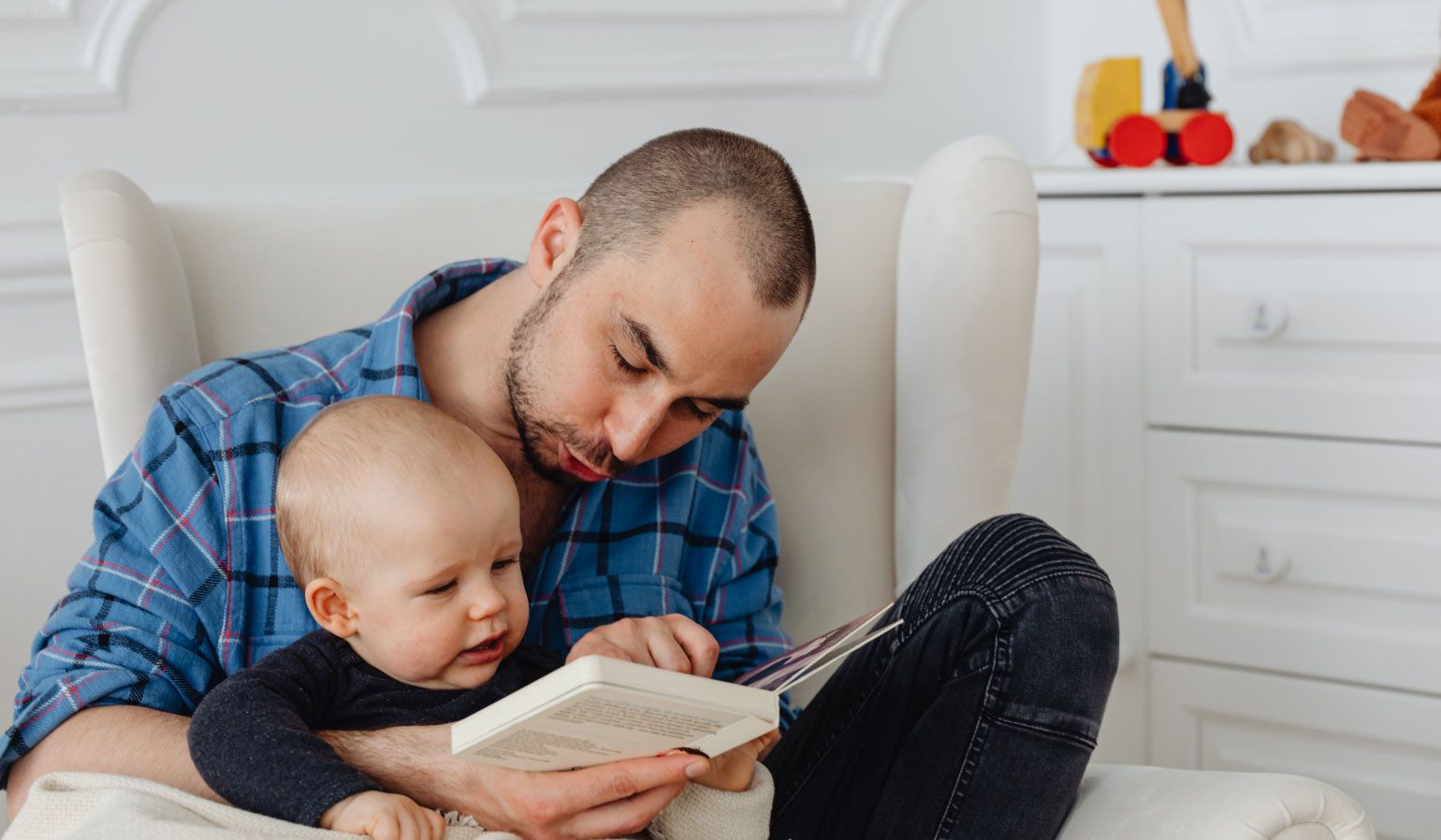In an era where screen time dominates children’s attention, educational toys serve as powerful tools for hands-on learning and development. The right educational toys don’t just entertain – they build critical thinking skills, enhance creativity, and support cognitive development while children play. This comprehensive guide explores how to choose and use educational toys effectively at every stage of your child’s development.
Understanding the Science of Play-Based Learning
How Children Learn Through Play
Play is children’s natural way of exploring and understanding the world around them. During play, children develop neural pathways, practice problem-solving skills, and build emotional resilience. Educational toys facilitate this process by providing structured yet flexible learning opportunities that adapt to each child’s developmental stage.
The Role of Educational Toys in Development
Quality educational toys support multiple areas of development simultaneously. A simple building block set, for example, enhances fine motor skills, spatial reasoning, mathematical concepts, and creativity all at once. This multi-faceted learning approach mirrors how children naturally explore and understand their environment.
Research-Backed Benefits
Studies consistently show that children who engage with educational toys demonstrate improved cognitive flexibility, enhanced problem-solving abilities, and stronger academic readiness. The key lies in choosing toys that challenge children appropriately while remaining engaging and fun.
Age-Appropriate Educational Toy Selection
Infants (0-12 Months): Sensory Exploration
During the first year, babies learn primarily through their senses. Educational toys for infants should focus on:
Visual Development
- High-contrast black and white toys for newborns
- Colorful mobiles and visual stimulation toys
- Mirrors for self-recognition and visual tracking
Auditory Learning
- Soft rattles and musical toys
- Toys with varied textures and sounds
- Simple musical instruments like shakers
Motor Skill Development
- Grasping toys with different textures
- Soft blocks for safe exploration
- Activity gyms and play mats
Safety Considerations All infant toys must be large enough to prevent choking, made from non-toxic materials, and designed without small detachable parts.
Toddlers (12-36 Months): Active Exploration
Toddlers are mobile and curious, ready for toys that support their growing independence and cognitive abilities.
Language Development
- Picture books with simple stories
- Toys that name objects and actions
- Musical toys that encourage singing
- Simple puzzles with familiar objects
Motor Skill Refinement
- Large piece puzzles and shape sorters
- Building blocks and stacking toys
- Ride-on toys and push toys
- Art supplies like large crayons and finger paints
Cognitive Growth
- Cause-and-effect toys
- Simple counting and sorting games
- Pretend play items like toy phones and dolls
- Nesting and stacking toys
Preschoolers (3-5 Years): Complex Learning
Preschoolers can handle more complex toys that challenge their growing cognitive abilities and prepare them for formal learning.
Pre-Academic Skills
- Alphabet and number recognition toys
- Beginning reading games and phonics toys
- Simple math manipulatives
- Science exploration kits
Social and Emotional Development
- Dress-up clothes and role-play sets
- Board games with simple rules
- Cooperative building projects
- Emotion recognition games
Creative Expression
- Art supplies and craft kits
- Musical instruments and recording devices
- Building sets with themed pieces
- Storytelling and puppet sets

School-Age Children (6-12 Years): Advanced Learning
School-age children benefit from toys that complement their formal education while providing opportunities for independent exploration.
STEM Learning
- Engineering and robotics kits
- Chemistry and physics experiment sets
- Advanced building systems
- Coding games and programming toys
Critical Thinking
- Strategy board games
- Logic puzzles and brain teasers
- Mystery and detective games
- Advanced construction challenges
Skill Building
- Musical instruments for serious study
- Advanced art and craft supplies
- Sports equipment for skill development
- Technology-based learning tools
Key Categories of Educational Toys
STEM Toys: Building Future Innovators
Science, Technology, Engineering, and Mathematics (STEM) toys prepare children for an increasingly technological world while developing critical thinking skills.
Engineering and Building Modern building sets go beyond simple blocks, incorporating gears, motors, and programmable elements. These toys teach principles of physics, engineering, and design thinking while encouraging creativity and problem-solving.
Science Exploration Age-appropriate science kits allow children to conduct safe experiments, observe natural phenomena, and develop scientific thinking skills. From simple volcano kits for preschoolers to advanced chemistry sets for older children, these toys make abstract concepts tangible.
Technology Integration Coding toys and programmable robots introduce computational thinking without requiring screen time. These hands-on tools teach logic, sequencing, and problem-solving skills that transfer to many areas of learning.
Needed gifts for my nephew’s birthday. Got some educational games and they were a huge hit! Good prices, fast shipping, and the quality is excellent. The whole family enjoyed playing together.
Rated 5 out of 5Darlene Robertson March 10, 2022
The Wi-Fi baby monitor I bought is incredible – I can check on my newborn from work! Crystal clear picture and the temperature alerts are so helpful. Great investment for peace of mind.
Rated 5 out of 5Rachel S. April 7, 2021
Third time ordering from SELVIXORA and they never disappoint. This time got a GPS tracker for my adventurous 8-year-old. Works perfectly and gives me peace of mind when he’s playing outside.
Rated 5 out of 5Marcus J. April 7, 2021
Ordered art supplies and a science kit for my 6-year-old. She’s been doing experiments all week and creating beautiful artwork. Quality materials and everything arrived perfectly packaged. Love this store!
Rated 5 out of 5Kathryn Murphy April 7, 2021
Language and Literacy Toys
Strong communication skills form the foundation for academic success and lifelong learning.
Reading Readiness Phonics toys, magnetic letters, and word-building games support pre-reading skills. Interactive books and storytelling toys encourage language development and comprehension skills.
Creative Writing Journals, story cubes, and creative writing prompts inspire children to express themselves through written language while developing storytelling abilities.
Multilingual Learning Toys that introduce foreign languages early help children develop linguistic flexibility and cultural awareness.
Mathematical Learning Tools
Mathematical concepts become accessible through hands-on manipulation and visual representation.
Number Sense Counting toys, number lines, and mathematical manipulatives help children understand quantity, patterns, and relationships between numbers.
Geometric Understanding Shape sorters, pattern blocks, and geometric puzzles develop spatial reasoning and geometric understanding.
Problem-Solving Math games and puzzles present mathematical challenges in engaging formats that build persistence and logical thinking.
Creative and Artistic Expression
Creativity supports cognitive development, emotional expression, and innovative thinking.
Visual Arts Age-appropriate art supplies encourage experimentation with color, texture, and form while developing fine motor skills and artistic expression.
Musical Development Musical instruments and composition toys support auditory development, pattern recognition, and creative expression while introducing cultural diversity.
Dramatic Play Costume sets, puppet theaters, and role-play items support social-emotional development, language skills, and creative thinking.
Choosing Quality Educational Toys
Safety Standards and Certifications
Always verify that toys meet current safety standards, including CPSC (Consumer Product Safety Commission) guidelines and ASTM International standards. Look for age-appropriate labeling and avoid toys with small parts for younger children.
Durability and Construction
Quality educational toys withstand repeated use and exploration. Well-constructed toys provide better value and safety while supporting sustained learning over time.
Educational Value Assessment
Evaluate toys based on their learning potential rather than entertainment value alone. The best educational toys offer multiple ways to play and learn, growing with the child over time.
Open-Ended vs. Structured Play
Balance toys that provide specific learning objectives with open-ended toys that encourage creativity and imagination. Both types serve important developmental purposes.
Maximizing Educational Value
Adult Engagement and Guidance
While independent play is valuable, adult interaction significantly enhances the educational benefits of toys. Ask open-ended questions, suggest new ways to play, and connect toy activities to real-world experiences.
Creating Learning Environments
Organize toys in ways that encourage exploration and learning. Rotate toys regularly to maintain interest and provide spaces for both active and quiet play.
Connecting Play to Learning Goals
Use toys to reinforce concepts learned in school or introduce new ideas in engaging ways. Make connections between play activities and everyday experiences.
Encouraging Persistence and Problem-Solving
Support children through challenges without immediately providing solutions. This builds resilience, problem-solving skills, and confidence in their abilities.
Technology and Educational Toys
Balancing Screen-Based and Hands-On Learning
While technology offers powerful learning tools, hands-on manipulation remains crucial for development. Choose technology-enhanced toys that require active participation rather than passive consumption.
Interactive Learning Systems
Modern educational toys often incorporate technology to provide personalized learning experiences, immediate feedback, and adaptive challenges that match each child’s developmental level.
Digital Citizenship
Technology-based educational toys can introduce concepts of digital citizenship, online safety, and responsible technology use in age-appropriate ways.
Special Considerations
Individual Learning Styles
Children learn differently, and educational toys should accommodate various learning preferences. Visual learners benefit from colorful, visually engaging toys, while kinesthetic learners need hands-on manipulation opportunities.
Children with Special Needs
Many educational toys can be adapted for children with special needs or selected specifically to support particular developmental goals. Consult with therapists and educators for personalized recommendations.
Cultural Sensitivity and Inclusion
Choose toys that represent diverse cultures, abilities, and family structures. This supports all children’s development while building empathy and understanding.
Budget-Conscious Selection
Educational value doesn’t require expensive toys. Simple materials like blocks, art supplies, and books often provide the richest learning opportunities. Focus on versatile toys that offer multiple play possibilities.
Common Myths About Educational Toys
“More Expensive Means Better Learning”
Price doesn’t determine educational value. Some of the most effective learning tools are simple, well-designed toys that encourage open-ended exploration.
“Educational Toys Aren’t Fun”
The best educational toys seamlessly blend learning and fun. Children should enjoy playing with educational toys, not feel like they’re doing schoolwork.
“Technology-Free is Always Better”
While hands-on play remains crucial, well-designed technology can enhance learning when used appropriately and in moderation.
“One Size Fits All”
Children develop at different rates and have varying interests. The most effective educational toys match individual developmental needs and preferences.
Building a Balanced Toy Collection
Essential Categories
A well-rounded educational toy collection includes:
- Building and construction toys
- Art and craft supplies
- Books and literacy materials
- STEM exploration tools
- Musical instruments
- Puzzles and games
- Dramatic play items
Rotation and Organization
Rotate toys regularly to maintain novelty and prevent overwhelming choices. Organize toys in accessible ways that encourage independent play and easy cleanup.
Quality Over Quantity
Focus on acquiring fewer, high-quality toys that offer multiple learning opportunities rather than accumulating many single-purpose items.
Future Trends in Educational Toys
Personalized Learning
Artificial intelligence and adaptive technologies are creating toys that adjust to individual learning styles and paces, providing customized educational experiences.
Sustainability Focus
Eco-friendly materials and sustainable manufacturing processes are becoming standard in educational toy production, teaching environmental responsibility while supporting learning.
Global Collaboration
Connected toys enable children to collaborate with peers worldwide, building cultural understanding and communication skills while learning together.
Augmented Reality Integration
AR technology enhances physical toys with digital overlays, creating immersive learning experiences that blend physical and digital worlds.
Making Informed Decisions
When selecting educational toys, consider your child’s current developmental stage, interests, and learning goals. Research toys before purchasing, read reviews from other parents and educators, and prioritize safety and quality over novelty or marketing claims.
Remember that the most valuable learning often comes from simple, open-ended toys that encourage creativity, problem-solving, and imagination. The adult’s role in facilitating learning through play is just as important as the toys themselves.
Conclusion
Educational toys serve as powerful tools for supporting child development when chosen thoughtfully and used effectively. By understanding developmental needs, prioritizing quality and safety, and engaging actively in children’s play, parents can maximize the learning potential of every toy.
The goal isn’t to accelerate development artificially but to provide rich, engaging experiences that support natural learning processes while fostering joy in discovery and learning.
At SELVIXORA INC, we curate educational toys that combine learning value with engaging play experiences. Our expert team evaluates toys for safety, quality, and developmental appropriateness, ensuring that every product supports children’s growth while providing hours of meaningful play.
For personalized recommendations on educational toys that match your child’s developmental stage and interests, contact our child development specialists at (346) 861-3915 or explore our expertly curated collection of educational toys at selvixora.com.




Write a comment
Your email address will not be published. Required fields are marked *